Business

5 min

In 2025, if you're not obsessed with mobile app usage statistics, you're already falling behind. Today’s digital battlefield is more crowded, faster-moving, and ruthlessly competitive than ever. It’s not enough to launch a mobile application and hope for downloads. Consumers expect speed, simplicity, and personalization at every tap, and if your app doesn’t deliver, they’ll delete it within seconds.

By Dhruv Joshi
10 Jun, 2025
The harsh reality? Most apps go downfall, not because of bad ideas, but because of bad strategies. The opportunity? Businesses that leverage real mobile app market data outperform their competitors by up to 45% in retention and 3X in revenue per user.
This isn’t theory. This is a fact.
Whether you’re:
Planning your first launch,
Battling low engagement,
Or struggling to stand out in the crowded mobile app downloads space
We’ve broken down 30 critical mobile app usage statistics in 2025 that show precisely how people interact with mobile apps right now and what you must do to win.
If you're serious about growth, user loyalty, and long-term profitability, start here.
Let’s dive in and transform how you think, build, and scale in the mobile-first world.
Mobile app usage has exploded post-pandemic, and 2025 has taken this growth to new heights. People aren’t just using mobile apps to scroll or shop, they’re living, working, and learning through them.
Over 92% of Americans now use smartphones, spending an average of 5.2 hours daily on mobile devices, primarily on mobile applications. ↗
Businesses that align their strategies with actual mobile app usage statistics outperform competitors by 45% in customer retention. ↗
Here are the top mobile app usage statistics in 2025 to guide your mobile growth strategy.
1. 82% of all digital time is spent on mobile apps, not browsers.
2. The average U.S. smartphone user has 87 apps installed but actively uses only 38 per month.
3. Social media apps dominate screen time, with TikTok and Instagram leading the charge.
4. 65% of users say mobile app performance (speed, UI, etc.) directly impacts brand trust.
5. 60% of consumers prefer apps over websites for shopping and services.
6. The average user in the U.S. downloads 10-12 apps per month.
7. Gaming and e-commerce apps account for over 60% of new mobile app downloads.
8. Organic mobile app downloads are declining by 12%, making paid acquisition more vital.
9. Apps with strong onboarding flows increase retention by 45% within the first week.
10. App store optimization (ASO) drives 30% of total downloads across the mobile app market.
11. The mobile app market in the United States is expected to surpass $260 billion in revenue by the end of 2025.
12. Health and wellness apps grew by 40% year-over-year (YoY), reflecting a rising consumer focus on mental and physical well-being.
13. Fintech and personal finance mobile applications boast the highest retention rates, with 78% of users remaining after 30 days.
14. Education and e-learning mobile apps saw a 27% increase in user session time.
15. Food delivery and local services apps continue to dominate the mobile app market in mid-sized U.S. cities.
16. Push notifications increase retention by 75% but only when personalized.
17. 68% of users uninstall apps due to too many permissions or irrelevant notifications.
18. Gamification features increase time spent in-app by 23% on average.
19. Users who complete onboarding are 3x more likely to remain active after 30 days.
20. In-app rewards and loyalty programs boost purchase frequency by 29%.
21. iOS accounts for 60% of all revenue in the U.S. Mobile App downloads statics
22. Android dominates in terms of volume, holding a 70% global share of total mobile app downloads.
23. Cross-platform apps are outperforming native ones in terms of cost-effectiveness by 35%.
24. Subscription-based apps grew revenue by 50%, thanks to simplified onboarding and free trials.
25. Users are 3x more likely to download apps recommended by peers or influencers.
26. 44% of users interact with voice commands daily within their mobile applications.
27. 52% of mobile apps now integrate AI-powered features for personalization.
28. Augmented reality (AR) features in shopping apps increased engagement by 2.5x.
29. Biometric security (face, fingerprint) is now expected in 90% of financial apps.
30. Voice search within mobile apps now drives 18% of total app-based conversions.
Let’s break down how to use these mobile app usage statistics to build a sharper, more profitable mobile strategy.

Use lightweight frameworks to reduce load times.
Limit onboarding steps to 2–3 screens max.
A/B test icons, buttons, and gestures with real users.
Segment lapsed users and retarget them with custom offers.
Use push notifications with personalized incentives.
Consider exit-intent strategies based on user behavior.
Optimize keywords for your mobile app downloads statistics category.
Keep your app updated every 14–21 days.
Encourage 5-star reviews through well-timed prompts.
Use free trials to reduce friction.
Gate premium features with data-driven logic.
Analyze churn weekly, not monthly.
Each mobile app market segment has unique demands:
| Category | Key Feature to Prioritize |
|---|---|
| Finance | Security, Biometric Login |
| Health & Fitness | Habit Tracking, Notifications |
| Retail/E-Commerce | AR, 1-Click Checkout |
| Education | Progress Tracking, Quizzes |
| Travel & Events | Real-Time Updates, Maps |
Many businesses focus solely on mobile app downloads and overlook the long-term mobile app usage statistics that actually drive ROI. These typical errors frequently result in lost development cycles, low user engagement, and user attrition. By avoiding these mistakes, you may significantly increase the efficacy of your digital strategy, user retention, and mobile application performance.
Your mobile application's first impression is your only shot at capturing attention. A clunky, long, or confusing onboarding process can put users off the app before they even explore your core features.
Apps that fail to streamline onboarding lose up to 52% of users within the first day.
Mobile app usage statistics show that simplified onboarding boosts retention by over 45% in the first week.
Push notifications are powerful, but only when personalized and relevant. Too many alerts, especially generic ones, lead to user fatigue and high uninstall rates.
68% of users uninstall mobile apps due to excessive or irrelevant notifications.
Businesses often misuse this feature, thinking more pings equal more engagement.
App releases are frequently handled as "set-it-and-forget-it" initiatives by businesses. However, usage patterns for mobile apps indicate that customers anticipate regular bug patches, new features, and updates.
Apps updated every 14–21 days perform 33% better in terms of user retention.
App store algorithms also favor frequently updated mobile applications for visibility and ranking.
Chasing mobile app downloads without focusing on long-term engagement is a costly error. Downloads are just the beginning; retention is where revenue lives.
Businesses that analyze and act on mobile app usage statistics retain users 45% better than those that don’t.
Retention-focused features, such as gamification, loyalty rewards, and in-app messaging, boost in-app time and conversion.
If users can’t find your app, they won’t download it. Yet many businesses ignore ASO fundamentals like keyword strategy, visuals, and user reviews.
ASO contributes to 30% of total mobile app downloads.
Mobile app market competition in 2025 demands strategic visibility in both iOS and Android app stores.
In 2025, the smartest companies aren’t guessing; they’re using mobile app usage statistics to shape every product decision. These real-world case studies show how leading brands across retail, fintech, and education are optimizing the mobile app market by acting on actionable data.
To improve the mobile purchasing experience, e-commerce and retail firms are using augmented reality. Using augmented reality, Sephora's Virtual Artist function in its mobile app allows users to try on cosmetics. Sephora found that consumers who used the augmented reality function had a 2.5x higher chance of making a purchase by monitoring interaction and examining in-app behavior.
This insight allowed them to promote the feature more prominently, directly increasing app-based conversions and boosting customer retention. It’s a textbook example of using mobile app usage statistics to improve UX and sales.
In the fintech mobile app market, Chime leads with user-focused innovation. Chime integrated biometric login (face and fingerprint recognition) in response to consumer demand for secure, frictionless access. Internal data revealed that users who enabled biometric login were 38% more likely to remain active after 30 days, a direct win for long-term retention.
This simple feature, driven by mobile app usage trends, helped Chime solidify user trust and loyalty.
Mobile apps for education and e-learning thrive on customization. Duolingo uses artificial intelligence (AI) to customize lessons in real time according to user behavior. Duolingo increased daily active users by 27% by enhancing lesson accuracy and pacing through machine learning models based on user session data.
Their success demonstrates how AI can make mobile apps not only engaging but also habit-forming.
The 2025 mobile application landscape doesn’t reward guesswork; it rewards strategy backed by real mobile app usage statistics. If you’re serious about standing out in a saturated market, here’s what you must prioritize:
From product features to marketing channels, data is your advantage. Businesses using mobile app usage statistics to guide their decisions see up to 2X higher ROI than those operating on assumptions.
Start here: Analyze user behavior, drop-off points, and engagement metrics weekly, not quarterly.
Yes, downloads matter. But what matters more is what users do after installing your mobile application.
60% of users stop using an app in the first week without strategic retention tools.
Retained users drive 80% of in-app revenue over time.
Focus on onboarding, push notifications, and loyalty loops to keep users engaged.
Mobile app markets shift fast. What worked last quarter might not work next month.
Leading apps push updates every 14–21 days, not once a quarter. Stay agile or risk irrelevance.
App Store Optimization (ASO) remains the key to visibility. But generic keywords won’t cut it.
Use mobile app downloads statistics to refine keywords, target high-intent phrases, and prioritize review prompts at optimal touchpoints.
You’ve just seen the real data, 30 robust mobile app usage statistics that top-performing businesses are already using to crush their competition. The mobile application landscape in 2025 isn’t just changing. It’s evolving faster than ever. That means if you’re still making decisions based on gut instinct or last year’s metrics, you’re already behind.
Now’s your chance to flip that script.
Here’s what you need to do next:
Audit your current mobile app strategy: Where are you losing users? Where are you underperforming?
Compare your app performance against these benchmarks: Are you meeting the 45% retention threshold? Is your onboarding killing conversions?
Book a free strategy session with our team at Quokka Labs to unlock custom insights using your data, not generic advice.
If you’re launching, scaling, or facing challenges with user retention, Quokka Labs, a trusted mobile app development company, can help you turn things around. We leverage the latest mobile app usage statistics and proven, data-driven strategies to stop download drop-offs and boost long-term user value. Our data-backed app growth strategies have helped clients increase engagement by up to 3 times in under 90 days.
Schedule a free 1:1 mobile growth audit today and get a custom report tailored to your app, your users, and your business goals.
How to Design a Web App: From Wireframes to Working Prototype
By Dhruv Joshi
5 min read
How Much Does Generative AI Development Cost in 2026?
By Dhruv Joshi
5 min read
How to Build an AI Adoption Roadmap That Ensures Measurable ROI
By Garima Saxena
5 min read
A Complete Guide to HR Software Development and HRMS Features
By Dhruv Joshi
5 min read

Business

5 min
Plan hr software development the practical way: must-have HRMS features, event-driven architecture, integrations, security controls, and a clear build roadmap. Use cost ranges, effort tables, and partner checklists to choose reliable hr software development companies. See persona-based workflows, a build-vs-buy matrix, and budget levers to launch an HRMS that reduces errors, speeds onboarding, and delivers audit-ready analytics.


Business

5 min
Learn how pharmacy management software development streamlines dispensing, inventory, billing, and patient engagement. This comprehensive guide covers software types, core modules, tech stack, step-by-step process, must-have 2026 features, costs, and tips for hospitals and independent pharmacies. Build secure, interoperable, cloud-ready pharmacy management software that reduces errors and improves care outcomes.


Business

5 min
Telemedicine app development is transforming healthcare by enabling secure, remote care through video, chat, and monitoring tools. Telemedicine apps support urgent care, chronic management, and mental health, while key features include e-prescriptions, EHR integration, and secure payments. Choosing the right telemedicine app development services partner requires proven healthcare expertise, HIPAA/GDPR compliance, scalable cloud architecture, transparent pricing, and strong post-launch support.


Feeling lost!! Book a slot and get answers to all your industry-relevant doubts